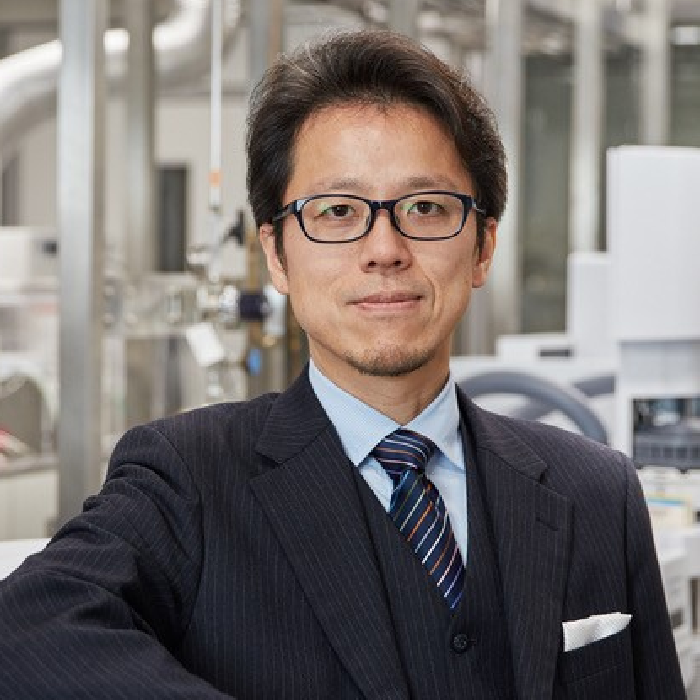
Shoji Nakayama – Deputy Director, Japan Environment and Children Study
HBM as a bridge between environmental health studies and policy building – 27 April – 3:30 pm CEST
Human biomonitoring (HBM) addresses a question ‘How much do we have a certain chemical contaminant in our body?’ at a population level. On the other hand, an epidemiological study, especially a longitudinal study, presents evidence for a possible health effect of such a chemical. Japan runs a large-scale prospective birth cohort study, namely Japan Environment and Children’s Study or JECS, that aims to investigate the effect of the environment, especially of chemicals, on children’s health and development. The results from JECS could be used to develop chemical safety management strategy not only in Japan but also in other countries. For that purpose, HBM plays an important role. Developing countries and regions may not have sufficient resources to conduct their own cohort studies. A well designed HBM study may fill such a gap. In this presentation, a plan for the use of HBM to bridge environmental health studies to policy making.
Dr Shoji Nakayama holds MD and PhD degrees. He is certified as Public Health Specialist/Supervisor by Japan Board of Public Health and Social Medicine. He is an associate editor of Environment International as well as Journal of Exposure Science and Environmental Epidemiology. In 2005, Dr Nakayama was invited by the U.S. Environmental Protection Agency (EPA) to conduct exposure research on perfluoroalkyl substances. In 2009, he moved to the EPA’s engineering laboratory to help risk management research on the contaminants of emerging concern. Then in 2011, Dr Nakayama joined the National Institute for Environmental Studies in Japan. Currently he is Deputy Director of the Japan Environment and Children’s Study Programme Office as well as Adjunct Professor of the St. Luke’s International University and the University of Tsukuba. Dr Nakayama is a lead exposure scientist for the Japan Environment and Children’s Study (JECS), which is a longitudinal birth cohort study involving 100,000 mothers and children. He is devoted to human biomonitoring research including method development for contaminants of emerging concern. Exposome research is his most recent activity. He collaborates with US, Canada, EU and Asian researchers to advance and promote children’s environmental health research.
Disclaimer
The HBM4EU project was launched in 2016 with the aim of improving the collective understanding of human exposure to hazardous chemicals and developing HBM as an exposure assessment method. The project had €74m in funding and jointly implemented by 120 partners from 28 participating countries – 24 EU member states plus Norway, Switzerland, Iceland and Israel and the European Environment Agency. One of its aims was to ensure the sustainability of HBM in the EU beyond 2021. The project ended in June 2022. The website will not be updated any longer, except the page on peer reviewed publications, but will be online until 2032.


